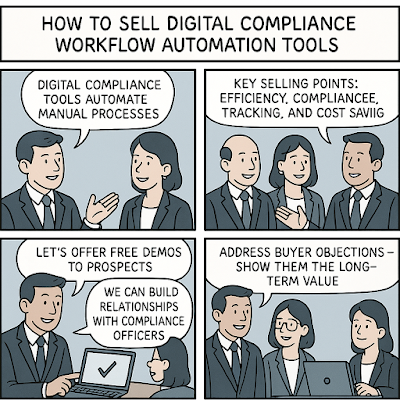Explainable AI Platforms for Financial Model Auditing

Explainable AI Platforms for Financial Model Auditing As AI and machine learning (ML) are increasingly used in credit scoring, fraud detection, and asset pricing, the demand for transparency has never been higher. Financial institutions are under pressure to ensure that their models are not only accurate—but explainable. Explainable AI (XAI) platforms solve this by revealing how models make decisions, ensuring compliance with regulatory standards and building stakeholder trust. 📌 Table of Contents Why Explainability Matters in Financial Models Regulatory Pressures and Global Compliance Core Features of XAI Auditing Platforms Benefits for Finance, Risk, and Audit Teams Recommended XAI Tools and Use Cases Why Explainability Matters in Financial Models Complex ML models—like neural networks or gradient boosting—can achieve high performance but act as “black boxes.” When financial decisions are made by AI, institutions must explain: ✅ Why a loan was...






